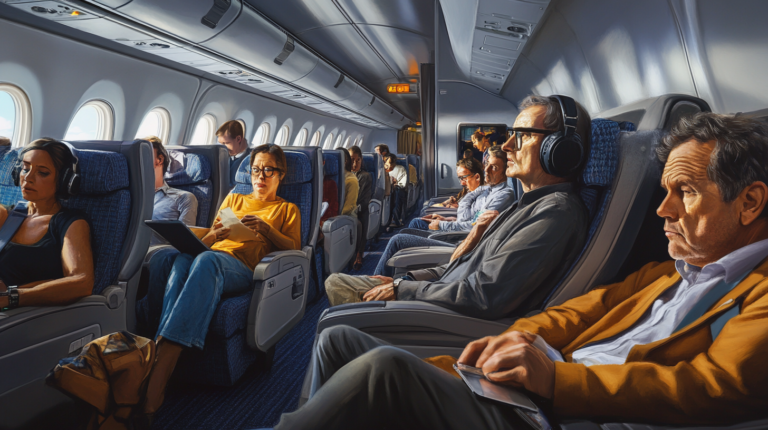Boeing vs. Airbus – Breaking Down the Rivalry
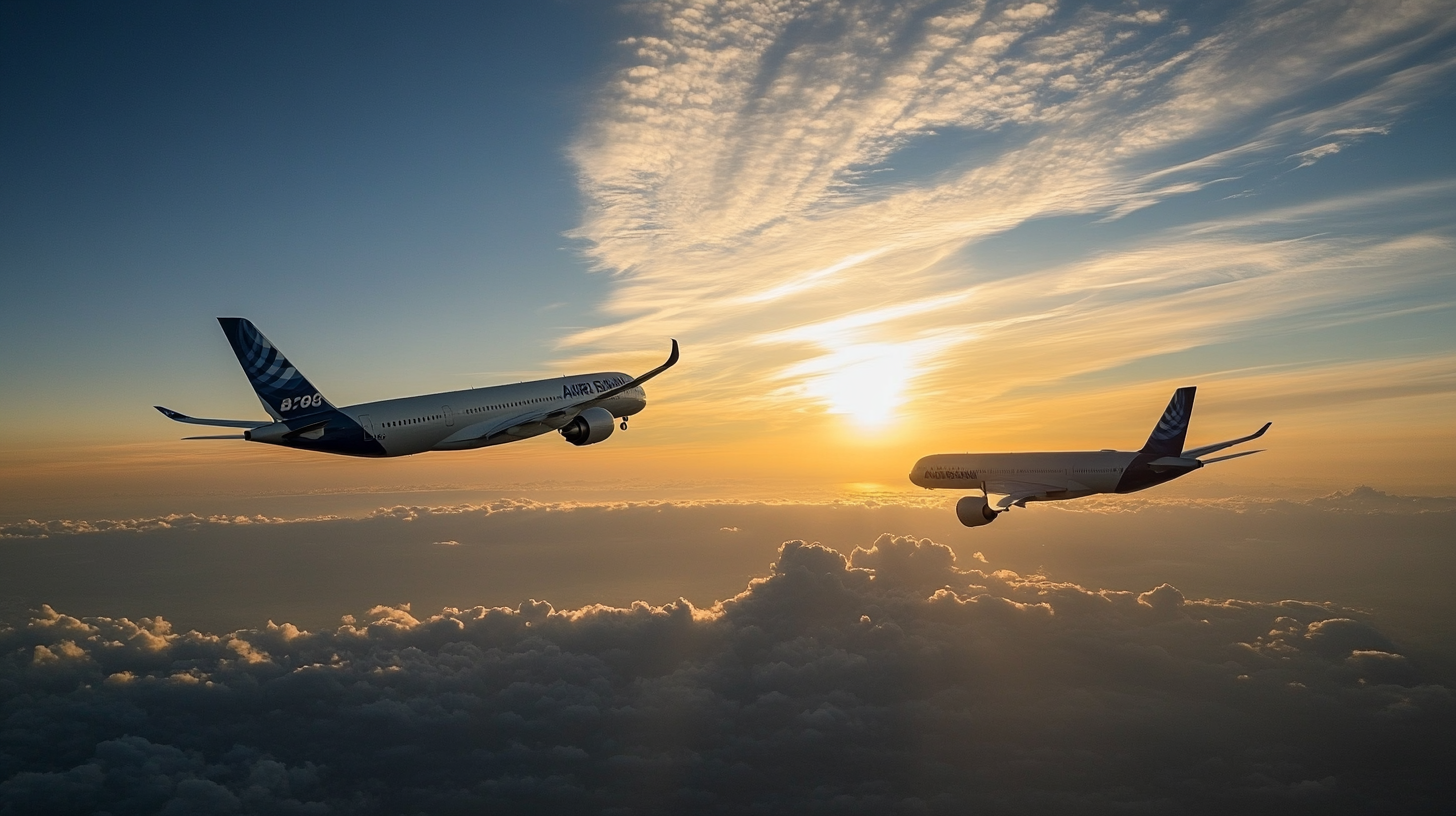
The skies have long been dominated by two titans of the aviation industry: Boeing and Airbus. From the bustling runways of international hubs to the quiet corners of regional airports, these two manufacturers have left an indelible mark on aviation. This rivalry has not only shaped the landscape of commercial aviation but has also driven technological innovation, influenced global economies, and affected the experiences of millions of passengers worldwide. Let’s delve into the depths of this competition, as explored in The Enduring Legacy of Boeing and Airbus in Aviation History , to understand how it has evolved and what it means for the future of air travel.
The Origins of a Rivalry
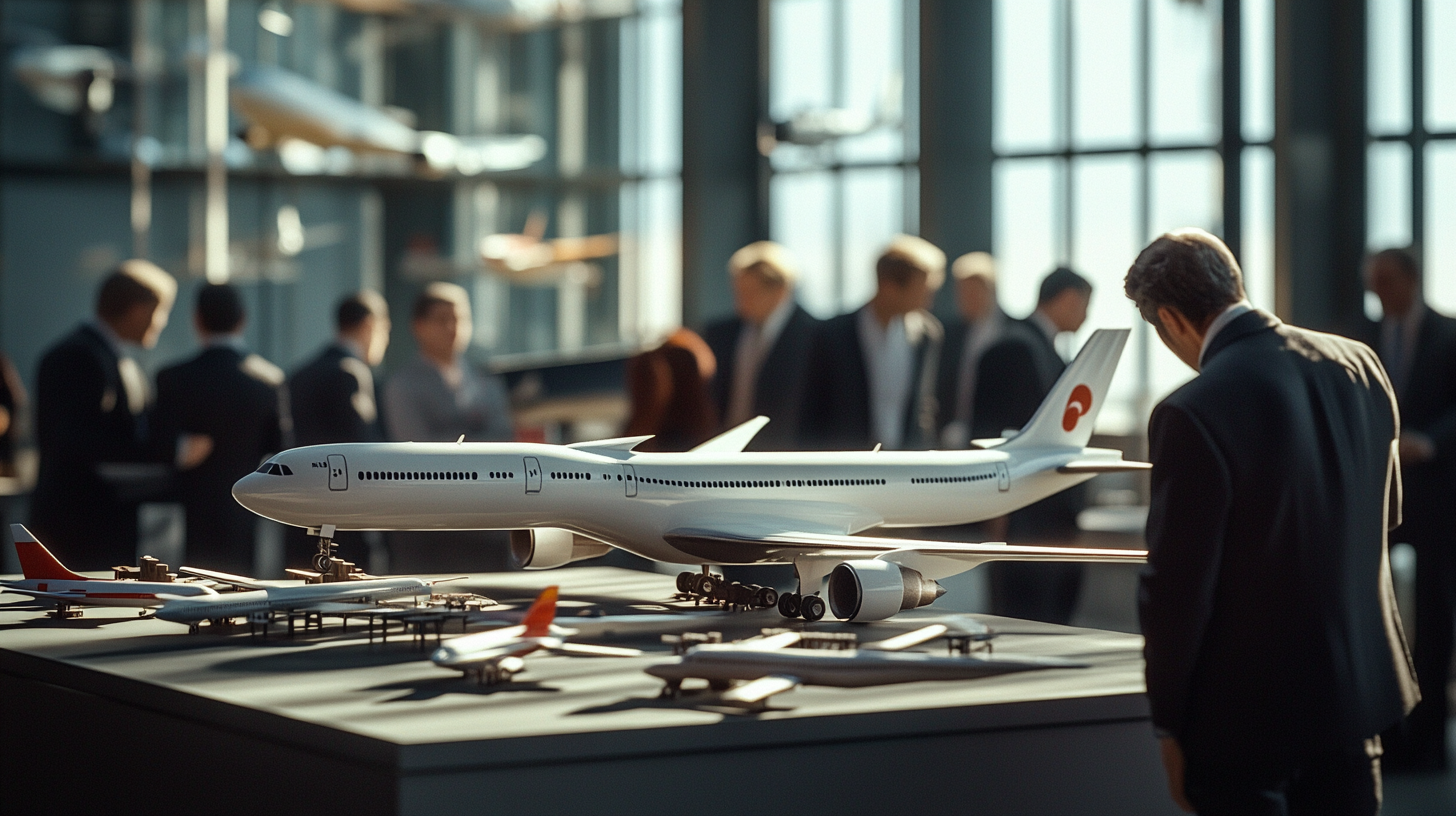
Boeing’s Early Dominance
Founded in 1916, Boeing quickly established itself as a pioneer in the aviation industry. During its formative years, Boeing diversified into both military and commercial aircraft, leveraging technological advancements to stay ahead of competitors. With the launch of iconic models like the 707 in the late 1950s—America’s first jet airliner—and the revolutionary 747 jumbo jet in 1970, often dubbed the “Queen of the Skies,” Boeing set the standard for commercial aircraft design and performance. The introduction of the 707 ushered in the Jet Age, significantly reducing travel times and connecting distant parts of the world. As detailed in The Impact of the Boeing 747 on Global Air Travel , the 747’s unprecedented size and range not only transformed air travel by making it more accessible but also solidified Boeing’s position as the leader in the skies.
The Emergence of Airbus
In response to American dominance in aviation, European nations collaborated to form Airbus in 1970. Germany, France, the UK, and later Spain came together, realizing that only a united effort could challenge Boeing’s supremacy. Starting as a consortium, Airbus faced initial challenges, including engine supply issues, differing national interests, and structural changes within the partnership. However, their determination led to the development of the A300, the world’s first twin-engine wide-body jet. As highlighted in The Development Journey of the Airbus A300 , this aircraft marked Airbus’s serious entry into the market, showcasing European innovation and challenging the status quo established by American manufacturers.
Evolution of the Duopoly
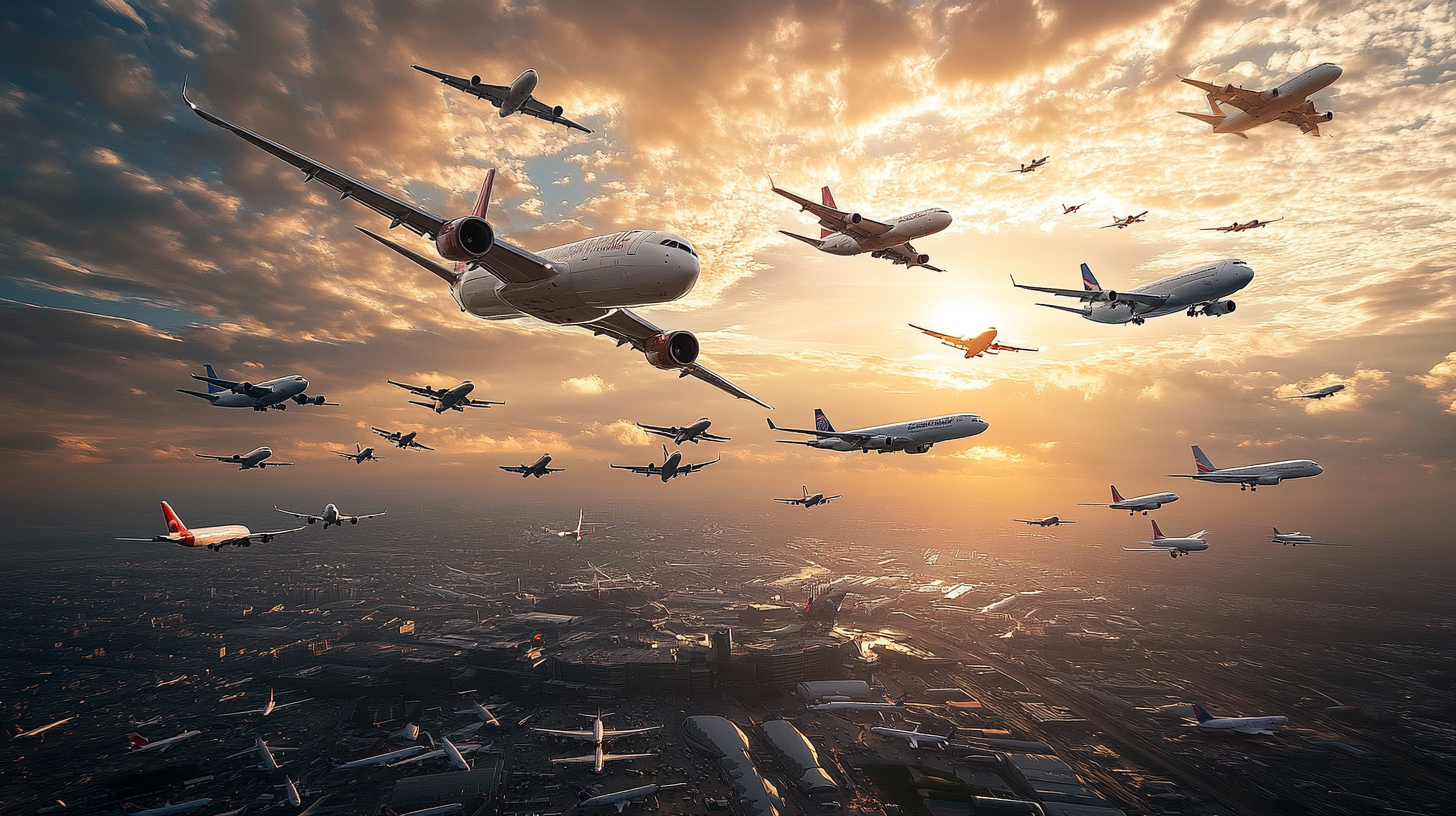
By the 1990s, the commercial aircraft industry had transformed into a duopoly dominated by Boeing and Airbus. The competitive landscape shifted significantly due to industry mergers and acquisitions, such as Boeing’s absorption of McDonnell Douglas in 1997, which eliminated one of its major competitors. This consolidation allowed both companies to focus resources on innovation and expanding their market shares, leading to an intensified rivalry. As explored in The Formation of the Boeing-Airbus Duopoly in the 1990s , this period saw both companies aggressively marketing their aircraft and vying for contracts with airlines worldwide.
Airbus’s strategic moves, like offering flexible purchasing terms and customized solutions, allowed them to secure contracts with airlines traditionally loyal to Boeing. The introduction of the A320 series in the late 1980s was a pivotal moment. This aircraft not only challenged Boeing’s 737 but also revolutionized the industry by introducing fly-by-wire technology in commercial planes, which replaced traditional manual flight controls with electronic interfaces. As detailed in The Innovation Behind the Airbus A320 Family , this technology enhanced aircraft efficiency and safety, setting new standards for single-aisle aircraft and enabling Airbus to capture significant market share.
Market Dominance and Competition
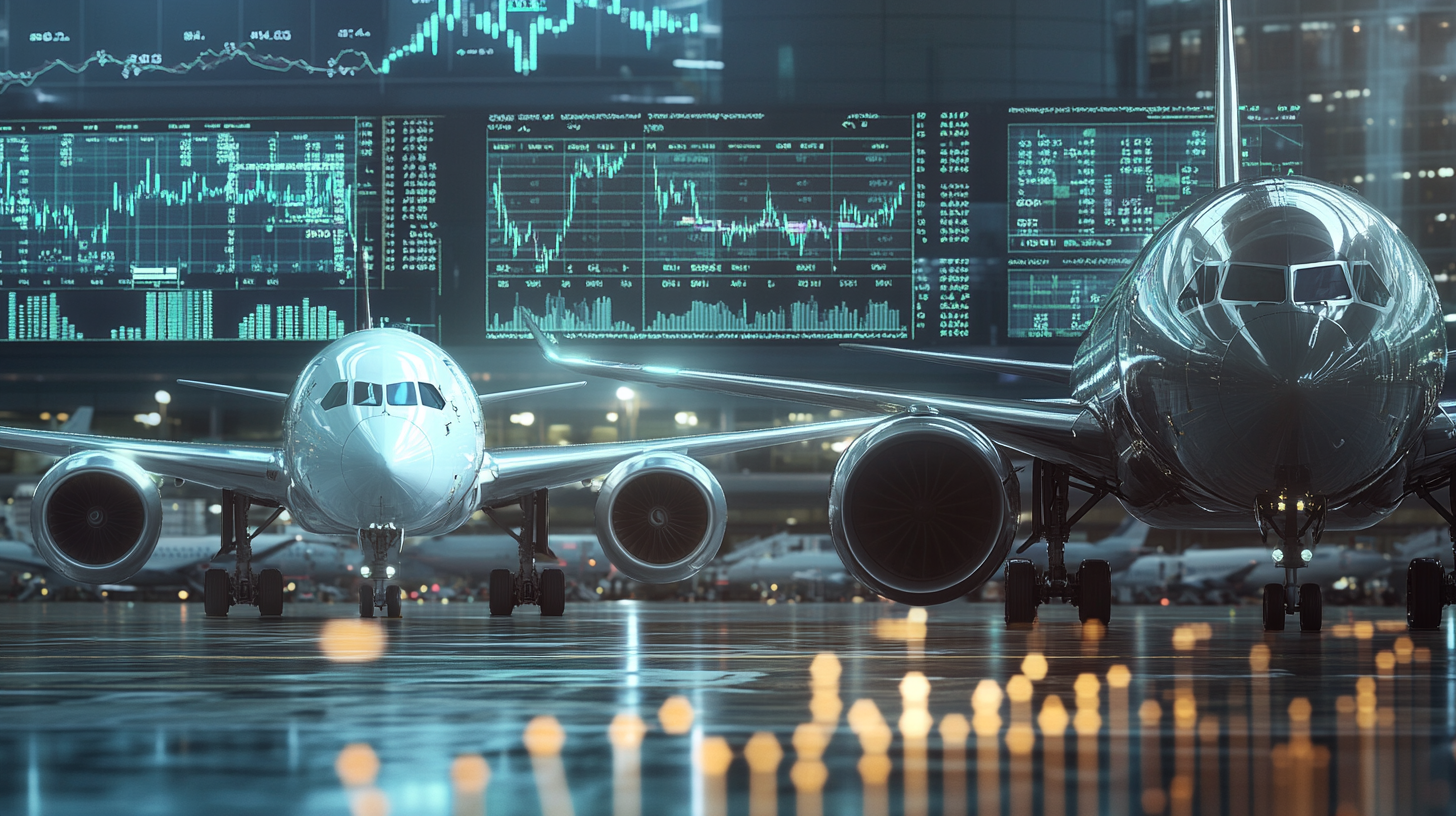
The rivalry intensified in the new millennium as both companies expanded their product lines to cover the entire spectrum of commercial aircraft, from single-aisle jets to wide-body behemoths capable of intercontinental flights. Airbus’s launch of the A380 in 2005, the world’s largest passenger airliner, was a bold move intended to capture the high-capacity, long-haul market. This double-decker giant could carry up to 853 passengers in an all-economy configuration, demonstrating Airbus’s ambition to redefine air travel. Despite its engineering brilliance and the excitement it generated, the A380 faced criticisms for targeting a market that was shifting towards more efficient, smaller aircraft capable of point-to-point travel rather than hub-and-spoke models. As discussed in The Rise and Fall of the Airbus A380 , factors such as high operational costs and changing airline preferences led to challenges in A380 sales.
Boeing responded strategically with the development of the 787 Dreamliner, first delivered in 2011. Emphasizing fuel efficiency and passenger comfort, the Dreamliner utilized advanced composite materials extensively, reducing the aircraft’s weight and therefore fuel consumption. This focus on efficiency proved timely, as airlines were increasingly seeking to reduce operating costs amidst rising fuel prices and environmental concerns. The 787 Dreamliner’s ability to connect long-haul routes with fewer passengers matched the emerging trend of point-to-point travel. As highlighted in The Boeing 787 Dreamliner: A Game Changer in Aviation , the Dreamliner set new benchmarks in aircraft design and passenger experience.
Technological Innovations Driving the Industry
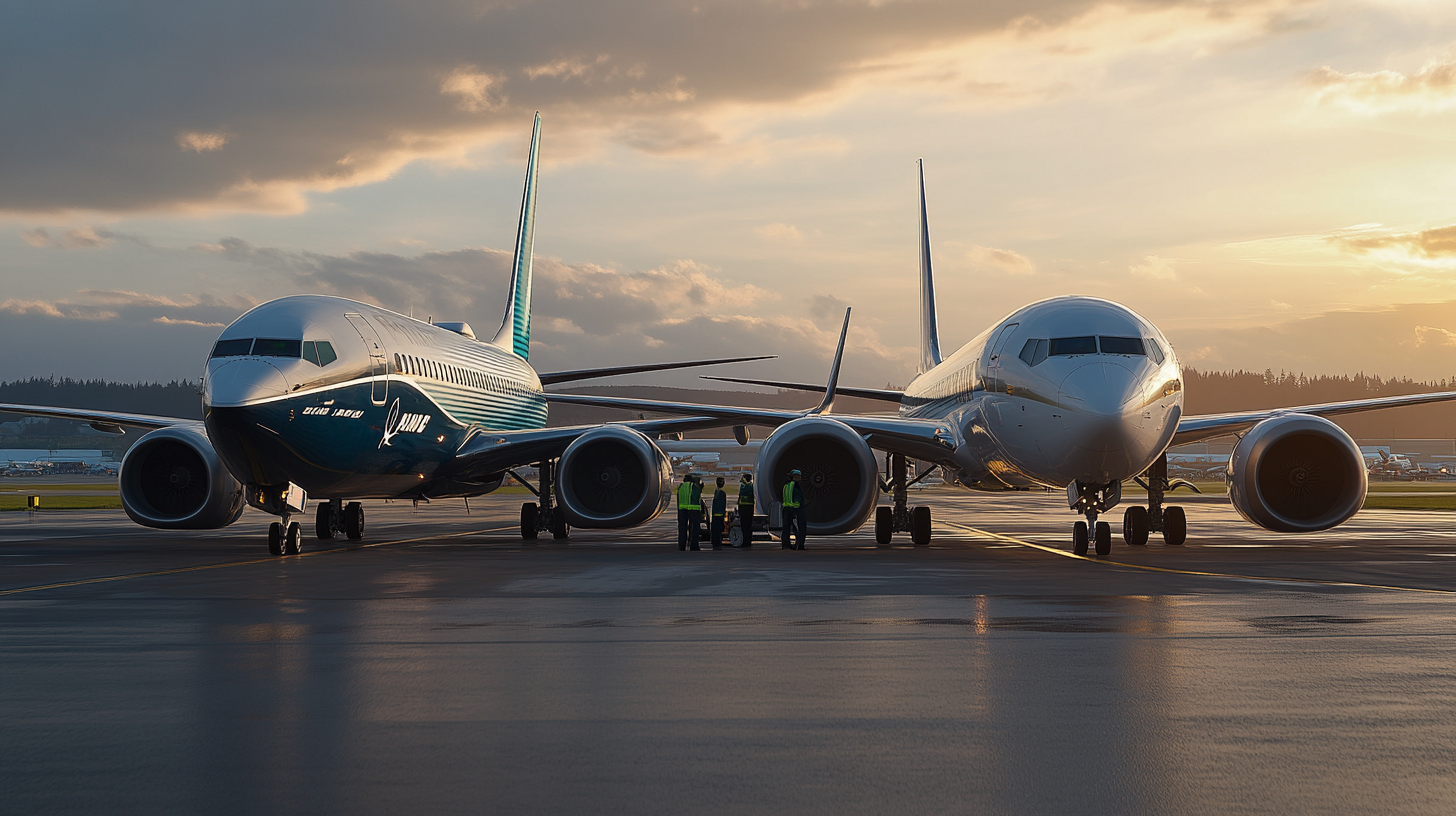
Airbus’s Technological Edge
Airbus has consistently pushed the envelope in integrating cutting-edge technology into their aircraft. The implementation of fly-by-wire systems in the A320 family revolutionized cockpit automation, enhancing safety and reducing pilot workload. The fly-by-wire system allowed for smoother controls and introduced flight envelope protection, preventing pilots from exceeding the aircraft’s operational limits. More recently, Airbus introduced the A350 XWB (Extra Wide Body), which incorporates the latest advances in aerodynamics and materials. This aircraft not only offers improved fuel efficiency but also leverages artificial intelligence and machine learning through the Skywise platform to enhance operational efficiency and predictive maintenance. As detailed in How the Airbus A350 XWB is Changing Aviation Technology , the A350 represents Airbus’s commitment to innovation and sustainability.
Boeing’s Innovative Approach
Boeing’s innovation has been rooted in structural advancements and a focus on environmental sustainability. The 787 Dreamliner was a revolutionary step forward, utilizing extensive composite materials—comprising about 50% of the primary structure—to reduce weight, improve fuel efficiency, and enhance corrosion resistance. These materials also allowed for higher cabin humidity and pressure, improving passenger comfort on long-haul flights. Boeing’s emphasis on traditional pilot controls over full automation reflects their design philosophy favoring pilot feedback and control. They believe in providing pilots with a tactile feel of the aircraft, which some argue enhances situational awareness and responsiveness. As discussed in Boeing’s Approach to Balancing Technology and Pilot Control , this design philosophy differentiates Boeing’s aircraft from Airbus’s highly automated cockpits.
Financial Performance and Challenges
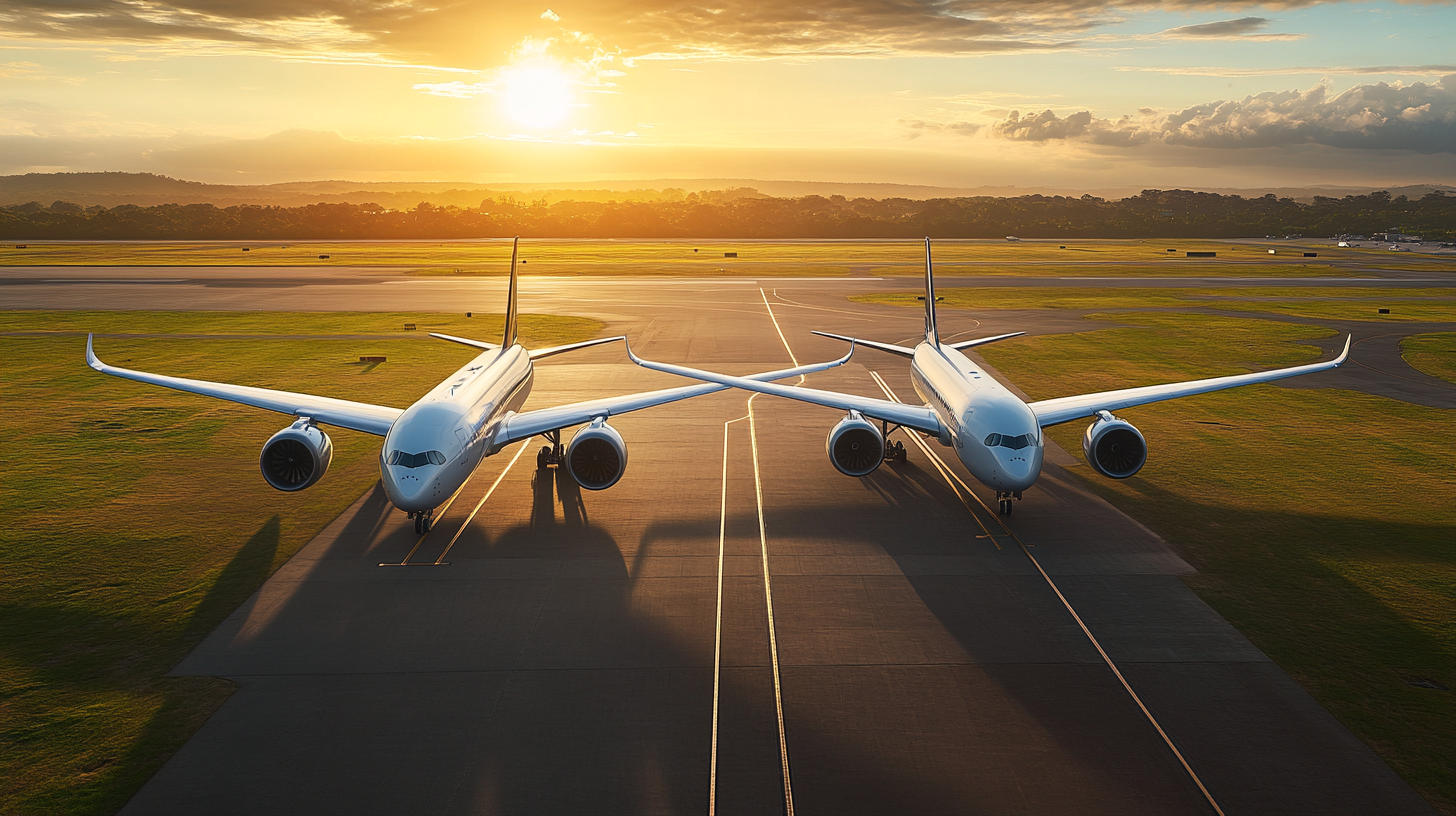
Both companies have faced financial ups and downs, often mirroring the industry’s cyclical nature, economic downturns, and external challenges such as geopolitical tensions and natural disasters. The profitability and market performance of Boeing and Airbus are closely tied to global economic health and the demand for air travel.
Boeing’s Recent Struggles
Boeing’s financial health suffered significantly following the 737 MAX safety issues, which led to global groundings starting in 2019. The grounding came after two tragic crashes that raised serious concerns about the aircraft’s safety systems. From 2020 to 2023, while Boeing’s revenue grew at an annual rate of 10.3%, the company reported losses each year, largely due to the costs associated with fixing the 737 MAX, compensating airlines, and legal settlements. Production challenges, supply chain disruptions exacerbated by the COVID-19 pandemic, and stringent regulatory hurdles further impacted their recovery efforts. The company’s reputation took a hit, leading to cancellations of orders and a loss of customer confidence. In 2024, Boeing delivered 348 commercial aircraft, less than half of Airbus’s output. A combination of intensified government scrutiny, a protracted workers’ strike lasting over seven weeks, and ongoing supply chain issues contributed to this decline. The company’s net orders also lagged behind Airbus, signaling a loss in market share. As highlighted in Boeing’s Struggle to Rebound Post-737 MAX Crisis , rebuilding trust with airlines and passengers remains a significant challenge for Boeing.
Airbus’s Ascendancy
In contrast, Airbus has demonstrated resilience and strategic growth during the same period. From 2020 to 2023, Airbus’s revenue increased by 9.5% annually, achieving consistent profitability despite the global downturn in air travel caused by the pandemic. The company’s operating margin improved by 6.8%, and their stock performance outpaced Boeing’s by 70%. Airbus delivered 766 jets in 2024, maintaining its lead in the market. The company’s strong financial performance is attributed to efficient production processes, better debt management, and successful order intakes. Airbus capitalized on Boeing’s setbacks, securing new orders from airlines seeking alternatives to the 737 MAX. Notably, Airbus recorded a $1 billion profit in the third quarter of 2024, underscoring its robust financial position. As detailed in Airbus’s Financial Strategies Amidst Industry Turbulence , their focus on innovation and customer relationships has paid dividends.
Safety and Regulatory Oversight

Safety is paramount in aviation, and both Boeing and Airbus have impressive records. However, recent incidents have brought scrutiny, particularly on Boeing.
The two fatal crashes involving the 737 MAX highlighted significant shortcomings in Boeing’s safety oversight and regulatory compliance. Investigations revealed issues with the Maneuvering Characteristics Augmentation System (MCAS) and lapses in pilot training requirements. The fallout led to a reevaluation of certification processes, increased government intervention, and a damaging blow to Boeing’s reputation. Airbus has capitalized on Boeing’s missteps by emphasizing their commitment to safety and automation. Their aircraft are known for advanced automated systems, which, while sometimes a point of contention among pilots favoring manual controls, have proven reliable in enhancing flight safety. As explored in Comparative Safety Measures Between Airbus and Boeing , the differing approaches to automation and pilot control reflect fundamental differences in design philosophy.
Environmental Initiatives and Sustainability
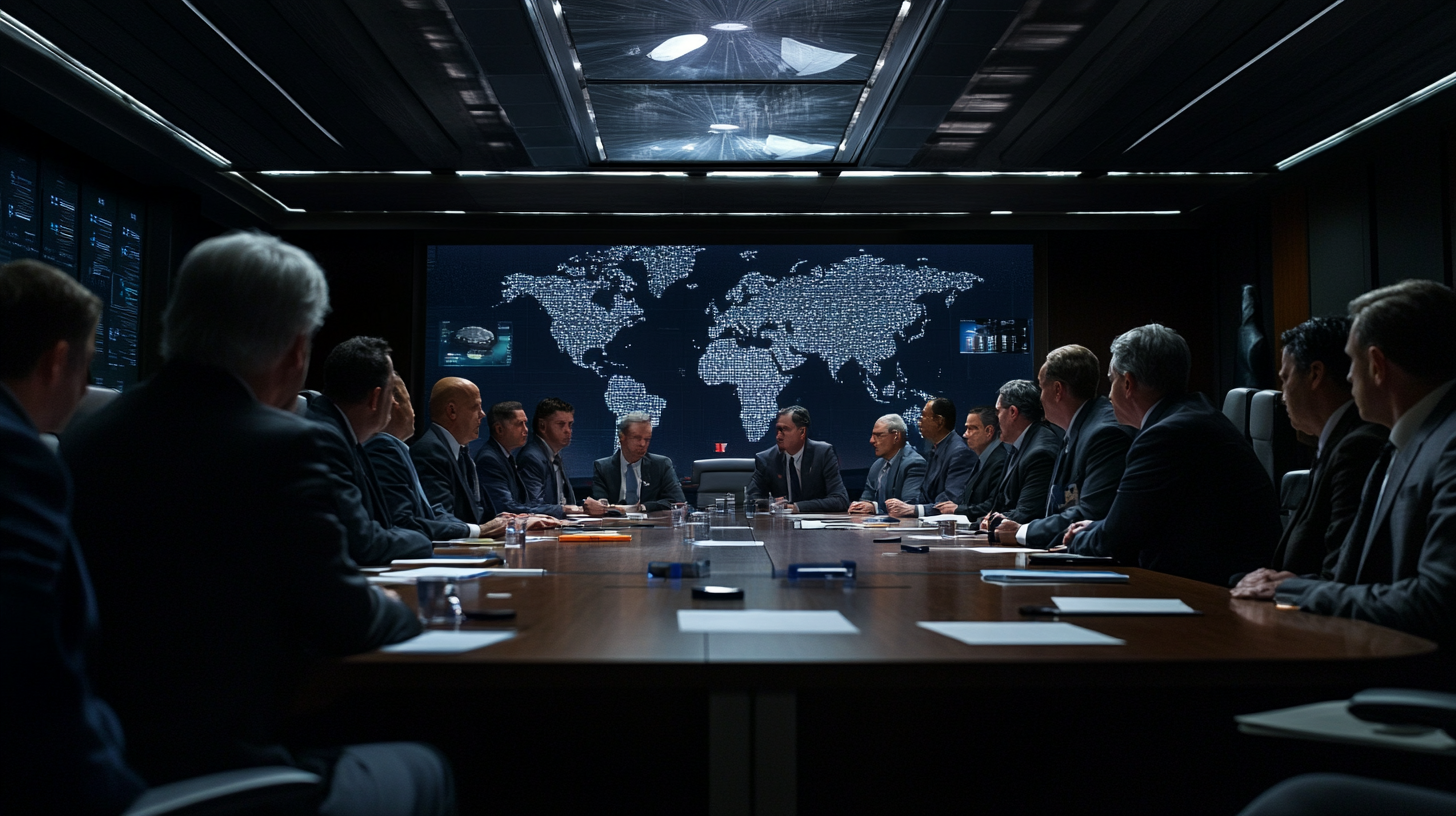
As the aviation industry faces pressure to reduce its environmental impact, both manufacturers are investing in sustainable technologies.
Airbus is exploring hydrogen fuel technologies and Sustainable Aviation Fuels (SAFs), aiming to lead the shift towards greener aviation. In 2020, Airbus unveiled concepts for zero-emission commercial aircraft powered by hydrogen, collectively referred to as the ZEROe project. Their focus on emerging markets and sustainability initiatives aligns with global efforts to combat climate change. As detailed in Airbus’s ZEROe Initiative for Zero-Emission Aircraft , Airbus is positioning itself at the forefront of environmentally friendly aviation technologies.
Boeing has also committed to environmental goals, developing aircraft that prioritize fuel efficiency. The 787 Dreamliner’s use of composite materials not only improves performance but also reduces emissions due to lower fuel consumption. However, Boeing’s environmental strategies have been somewhat overshadowed by operational challenges and public scrutiny over safety issues in recent years. As highlighted in Boeing’s Efforts Toward Sustainable Aviation , the company acknowledges the need to balance operational recovery with long-term environmental objectives.
Strategic Moves and Market Influence
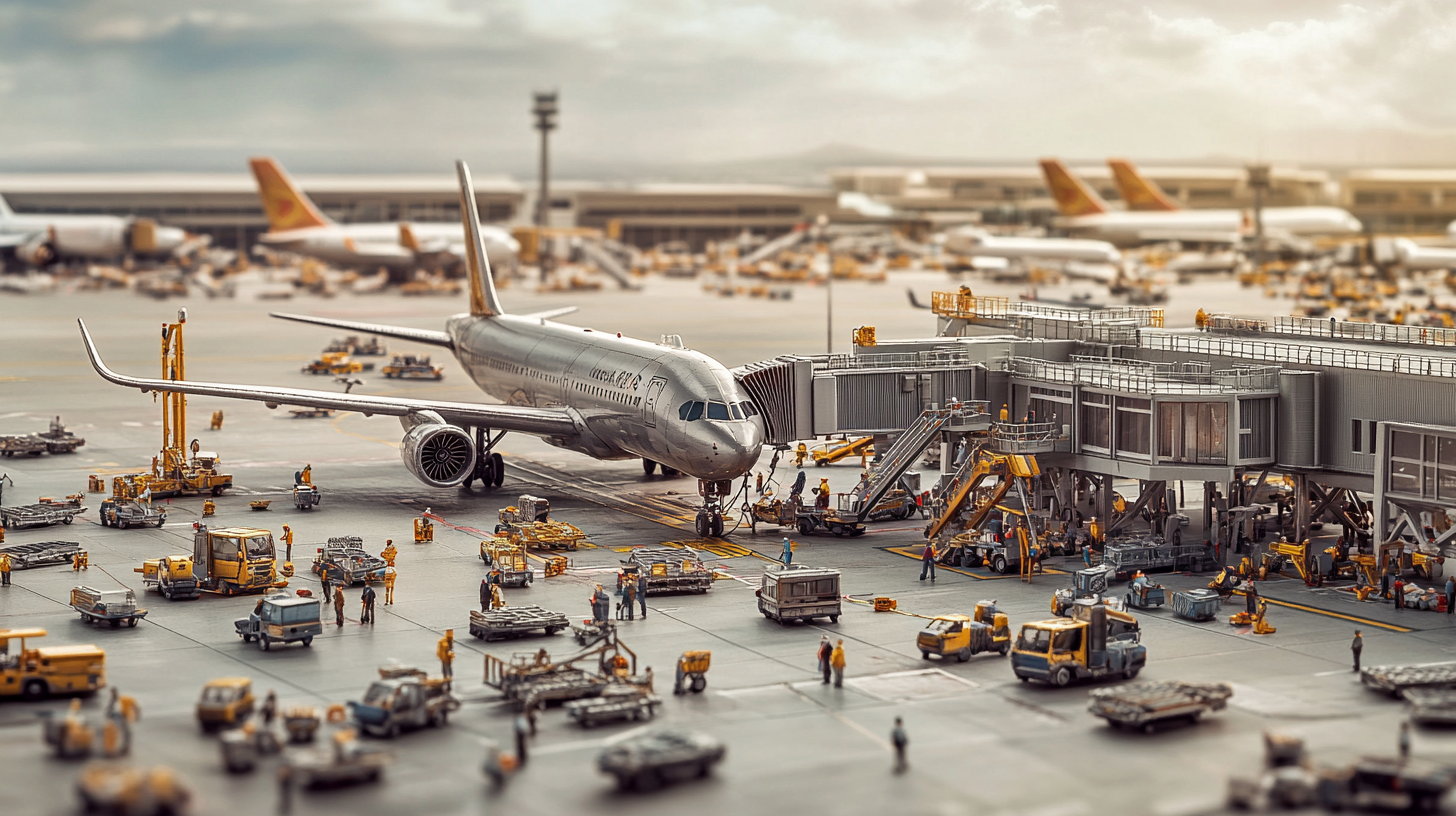
The rivalry extends beyond technology and into strategic partnerships and market influence.
Airbus strategically acquired a majority stake in Bombardier’s C Series program, rebranding it as the A220, to strengthen its position in the narrow-body market. This move not only expanded their product lineup but also directly challenged Boeing’s offerings in the 100 to 150-seat segment. As detailed in Airbus’s Acquisition of the C Series Program , the A220 has been well-received by airlines for its efficiency and passenger comfort.
Boeing attempted a similar strategy by seeking a partnership with Embraer, a Brazilian aircraft manufacturer, to enhance its presence in the regional jet market. However, the deal fell through in 2020, amid disagreements over terms and the onset of the pandemic, further disadvantaging Boeing in this segment. As explored in The Collapse of Boeing’s Embraer Deal , this setback limited Boeing’s ability to compete effectively in the smaller aircraft market, where demand is growing. These strategic moves illustrate how both companies leverage alliances to expand their market influence and fill gaps in their product offerings.
Geopolitical and Trade Disputes
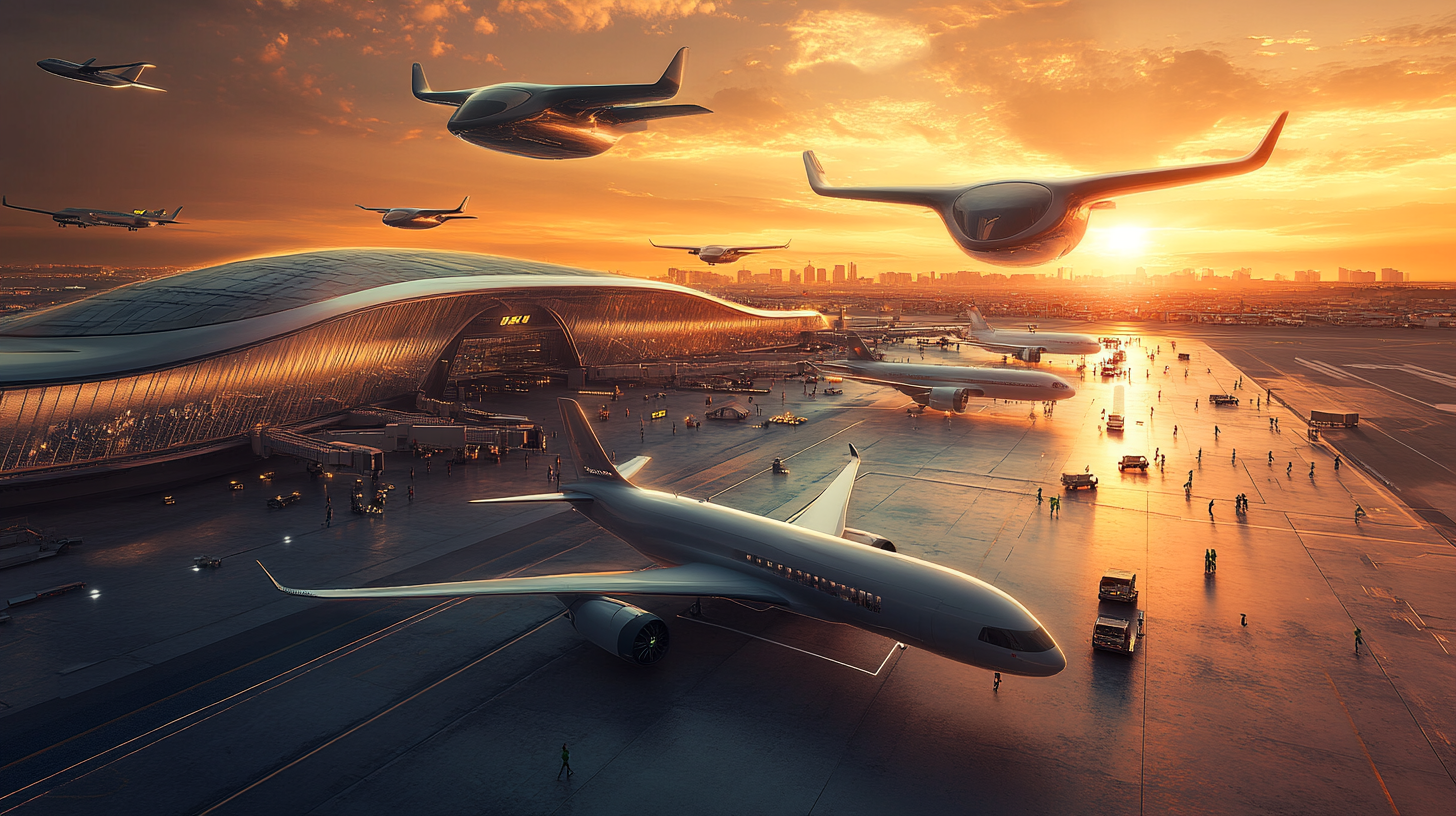
The competition has often spilled into the geopolitical arena, with both companies accusing each other of unfair state subsidies and engaging in legal battles through the World Trade Organization (WTO).
In 2019, the European Union accused the United States of providing illegal subsidies to Boeing, reigniting longstanding disputes. Similarly, the U.S. had accused the EU of unfairly subsidizing Airbus. These legal tussles reflect deeper tensions over trade policies and government support in the aerospace industry. As highlighted in The WTO Disputes between Airbus and Boeing , the WTO ruled that both Airbus and Boeing received improper subsidies, leading to authorized tariffs on billions of dollars of goods. Despite WTO rulings finding both parties at fault, enforcement has been limited, and significant policy changes remain unlikely due to the mutual benefits each company brings to their respective economies. These disputes underscore how deeply intertwined the aerospace industry is with national interests and international trade relations.
The Impact of Global Events

External factors such as the COVID-19 pandemic have significantly affected both manufacturers.
The pandemic led to a dramatic decline in air travel demand, forcing airlines to defer orders, reduce fleets, and resulting in reduced production rates for manufacturers. Both Airbus and Boeing faced order cancellations and financial pressures, but Airbus managed to weather the storm more effectively due to its stronger financial footing and diversified product range. Moreover, global events like the 9/11 attacks in 2001 had previously reshaped the industry, leading to enhanced security measures and temporary declines in air travel demand. As discussed in The Aerospace Industry’s Resilience to Global Crises , these events have often served as catalysts for strategic shifts and innovation within both companies, prompting them to adapt to changing market conditions and emerging challenges.
Looking Ahead: The Future of the Rivalry
The competition between Boeing and Airbus shows no signs of abating. Both are investing heavily in research and development to create the next generation of aircraft that are more efficient, environmentally friendly, and technologically advanced.
Emerging Technologies and Markets
Advancements in artificial intelligence, machine learning, and materials science will play crucial roles in future aircraft designs. Airbus’s emphasis on connected aircraft and Boeing’s focus on structural innovation highlight their differing strategies. Additionally, growth in emerging markets, particularly in Asia, presents substantial opportunities. Large orders, such as Air India’s historic purchase of 470 planes from both manufacturers in 2023, underscore the importance of these markets in shaping the industry’s future. As detailed in The Role of Emerging Markets in the Aviation Industry’s Growth , satisfying the burgeoning demand in these regions will be pivotal.
Challenges and Adaptation
Boeing faces the challenge of rebuilding trust and overcoming production setbacks. Strategic adaptations, such as improving supply chain management, accelerating innovation, and enhancing safety protocols, are critical for regaining market leadership. Airbus must continue to innovate while managing the complexities of global trade tensions and competitive pressures. Their ability to stay ahead technologically and maintain efficient production will determine their sustained success. As we move into an era of rapid technological change and shifting market dynamics, the rivalry between Boeing and Airbus will continue to shape the commercial aviation landscape.
Final Thoughts
The Boeing-Airbus rivalry has significantly influenced the trajectory of commercial aviation. It’s a narrative of competition driving excellence, where each company’s triumphs and tribulations have spurred advancements benefiting the entire industry. As they navigate the challenges of safety, sustainability, and market dynamics, their rivalry promises to continue shaping the future of flight, offering passengers around the world the benefits of innovation and improved air travel experiences. In the ever-evolving aerospace landscape, the question isn’t just who will lead the market, but how this competition will redefine the possibilities of aviation itself. As explored in The Future of Aviation in the Face of Boeing-Airbus Competition , the implications of this rivalry extend beyond the companies themselves, influencing global economic trends, technological innovation, and the very nature of how we traverse the skies.
In the dynamic realm of aerospace, the enduring competition between Boeing and Airbus serves as a catalyst for progress, ensuring that the sky’s the limit when it comes to innovation and the future of air travel. Follow us back to Seat 5A for more insights and updates on the aviation industry.




